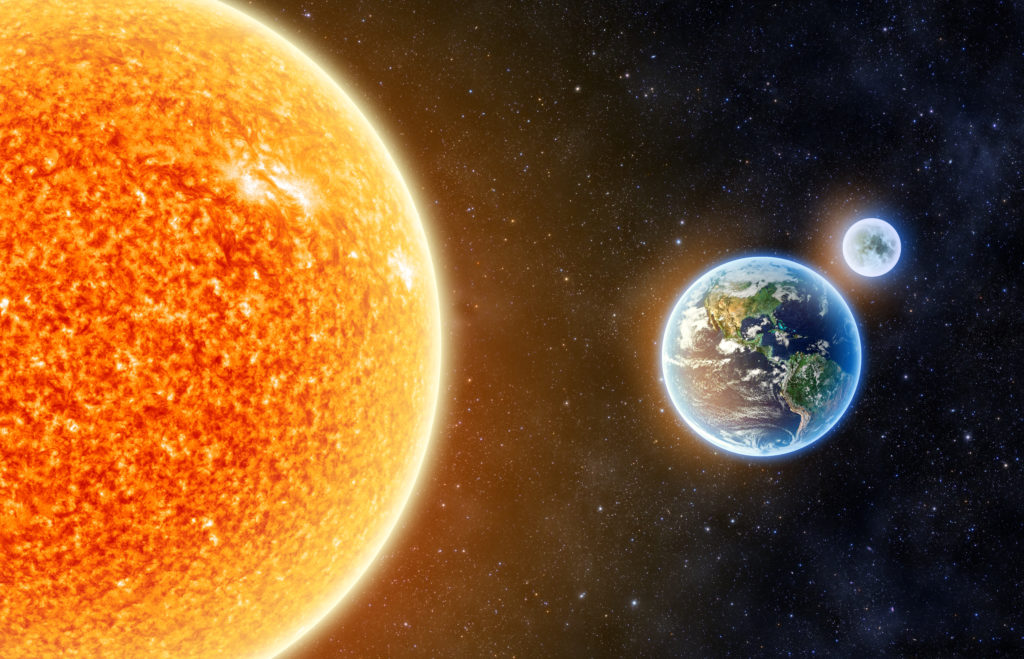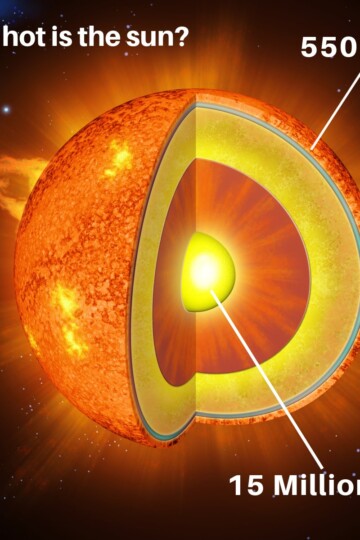The Earth rotates once on its axis every 24 hours. As it rotates, the sun shines on different parts of it. When the sun shines on one side of the Earth, it's daytime and nighttime on the opposite side.
What are time zones?
The Earth is divided into 24 time zones. Everyone in each zone sets their clocks to the same time, and some countries have multiple time zones. Time zones were created to standardise time in a specific region.

How many time zones are there?
The Earth has 24 time zones.
What is the time difference between time zones?
Each time zone differs by one hour.
Why do we have time zones?
Time zones help us coordinate time around the world. Without time zones 5 pm in one part of the world would be a very different part of the day to 5 pm somewhere else, so things would become very confusing.
What are lines of longitude?
The Earth is a sphere shape. Lines of longitude ( or meridians ) are imaginary lines of equal length drawn from the North Pole to the South Pole.
The Prime Meridian runs through Greenwich, England, and has a longitude of 0 degrees. The antimeridian on the opposite side of the Earth has a longitude of 180 degrees.
What is Greenwich Mean Time?
Greenwich Mean Time ( GMT ) is the point of reference for global time zones. In 1972, GMT was replaced by Coordinated Universal Time ( UTC ) for global timekeeping.
UTC is more accurate than GMT as it corrects for the fact that the duration of the day isn't constant through the year due to the rotation of the Earth on its axis. UTC uses measurements of the Earth's rotation and readings from atomic clocks around the world.
What happens if a country spans multiple time zones?
Large countries like the United States, Russia and Canada have multiple time zones. The USA and Canada have 6 time zones, and Russia has 11.
Where is the first place to celebrate New Year?
Kiribati, in the Pacific Ocean, is the first place to welcome the New Year.
Where is the last place to celebrate New Year?
The islands of Niue and American Samoa are the last inhabited places to celebrate New Year.
Last Updated on March 27, 2025 by Emma Vanstone




Leave a Reply